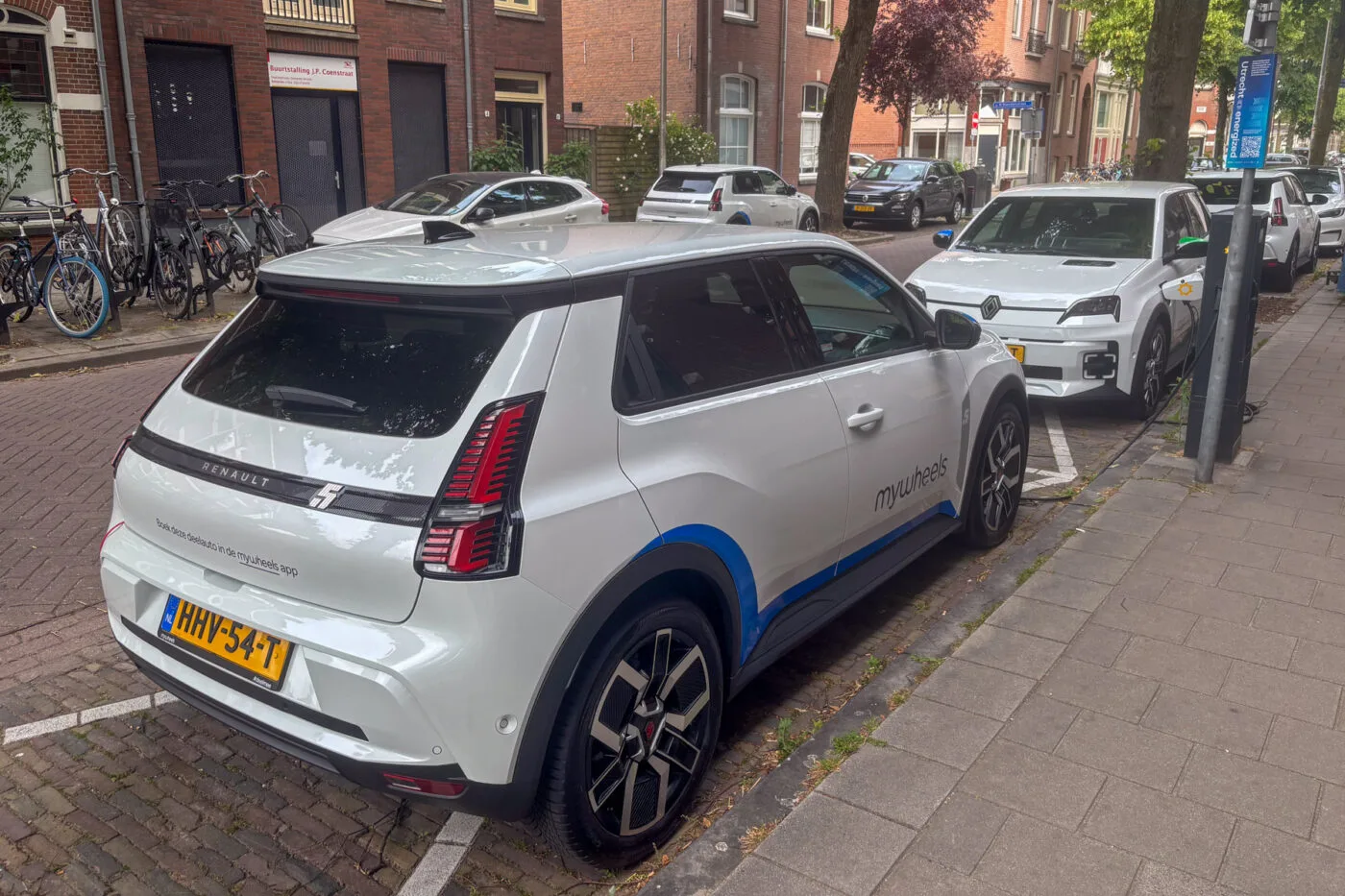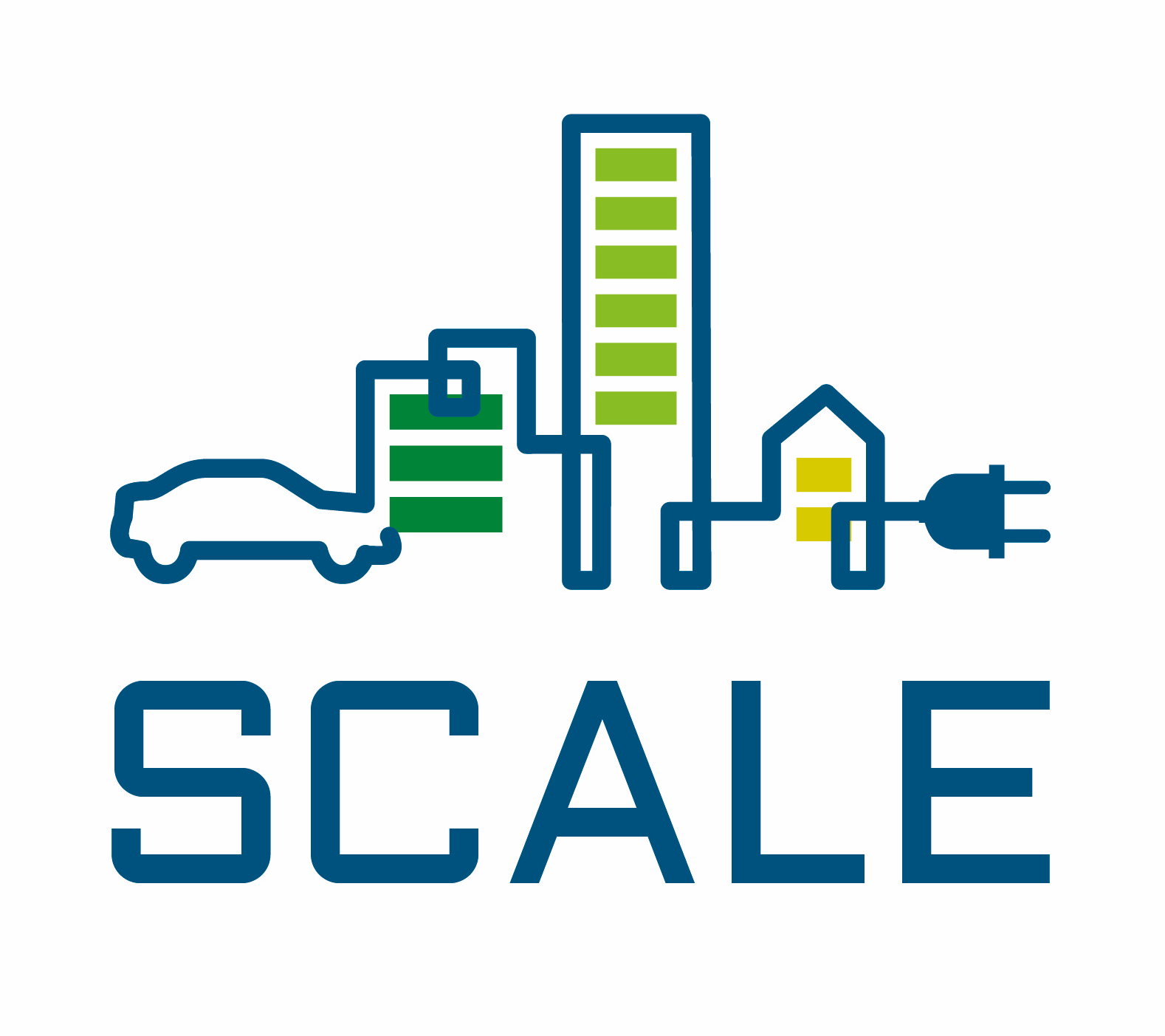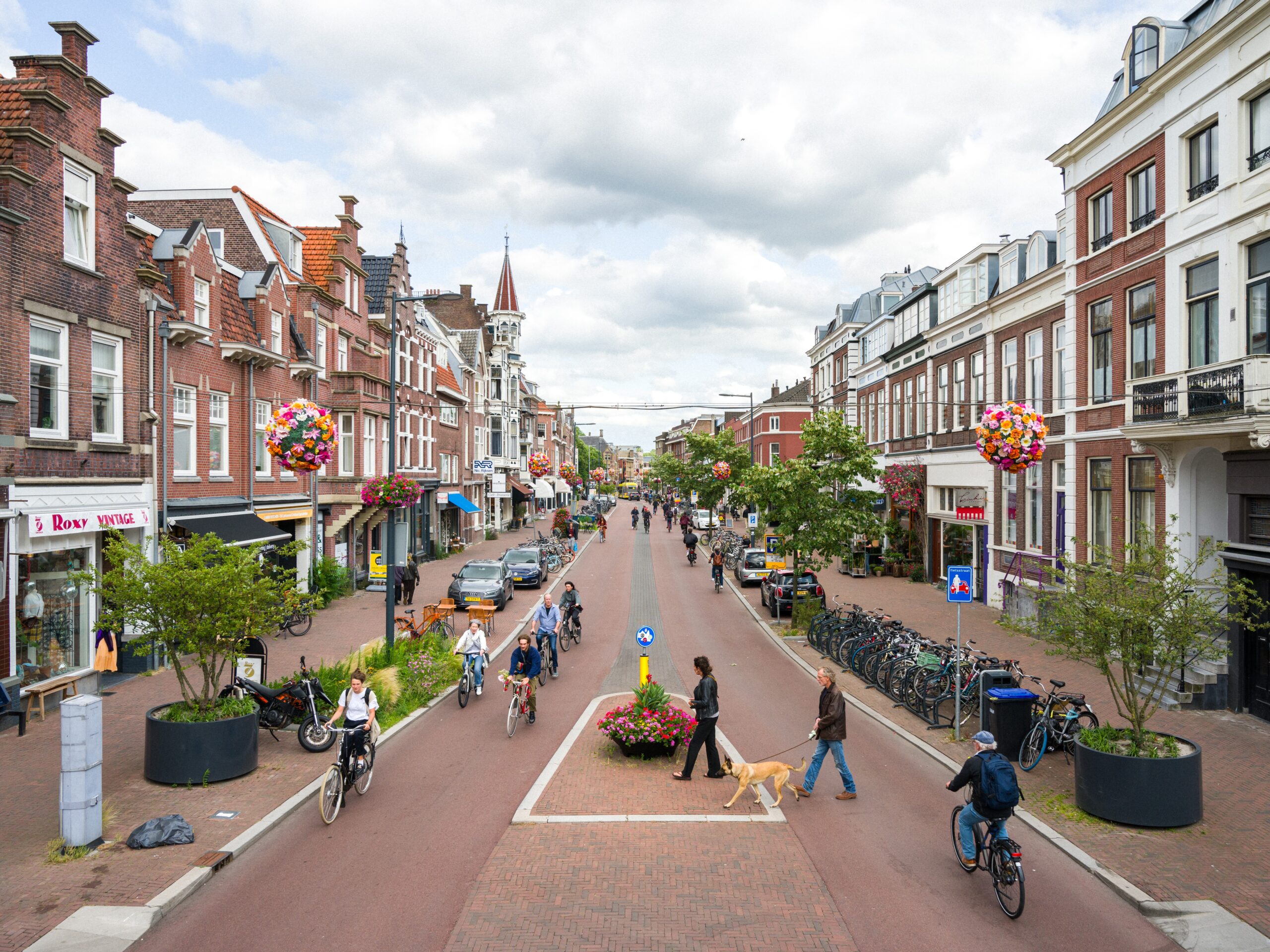Utrecht becomes Europe’s first city with a V2G electric car‑sharing service
Utrecht has become the first city in Europe to roll out a large-scale vehicle-to-grid (V2G) system, thanks to a groundbreaking collaboration between Renault Group, MyWheels, and We Drive Solar.
The initiative, Utrecht energized, marks the launch of Europe’s first V2G-enabled car-sharing network, integrating shared electric vehicles directly into the local energy grid.
Using cutting-edge bidirectional charging, electric vehicles (EVs) can store surplus solar energy and return it to the grid during peak demand periods. This helps stabilise the electricity network and keeps renewable energy both affordable and accessible. By merging shared mobility with V2G technology, the project eases pressure on the grid while accelerating the shift to sustainable, resilient urban mobility.
From pilot to reality
First announced in November 2024, the service is now fully operational—a major step forward for clean, shared transport in Europe. The rollout begins with 50 Renault 5 E-Tech EVs, available through MyWheels. Each vehicle is equipped with Mobilize’s bidirectional V2G technology, now being integrated into public infrastructure for the first time through We Drive Solar.
The goal is to scale to 500 V2G-enabled vehicles, which could provide up to 10% of the flexibility needed to balance energy supply and demand in the Utrecht region. These smart EVs charge when solar energy is abundant and discharge back into the grid during high-demand periods. With 35% of rooftops in Utrecht already fitted with solar panels, the system has strong potential. It also enables car-sharing fleets to generate income from vehicles parked and providing grid services, transforming cars into active players in the energy system.
Leading the way to a smarter energy future
The Netherlands is a global leader in renewable energy, and Utrecht is at the forefront of solar adoption. Yet as wind and solar power scale up, so too do the challenges of grid management. V2G offers a powerful, flexible solution, but real-world implementation requires supportive regulation.
Regulatory fragmentation—ranging from inconsistent tax rules and grid tariffs to differing parking and grid access regulations—remains a key barrier. The EU-funded SCALE project is addressing these issues head-on, with Utrecht’s demonstration activities playing a central role. To fully unlock the potential of V2G across Europe, a harmonised regulatory framework is essential. This includes clear rules on energy flows, fiscal incentives, adjusted grid fee structures, certification pathways, and support for smart meter deployment.
Collaboration for systemic change
This initiative underscores the power of public-private partnerships to bring innovative solutions to life. By combining EVs, clean energy, and V2G charging infrastructure, Utrecht is showing what’s possible when mobility and energy systems are designed to work together.
The result is more than just a car-sharing service: it is a blueprint for cities seeking to integrate mobility, sustainability, and energy resilience in the face of climate and urbanisation challenges.
Find out more about the SCALE project here.


